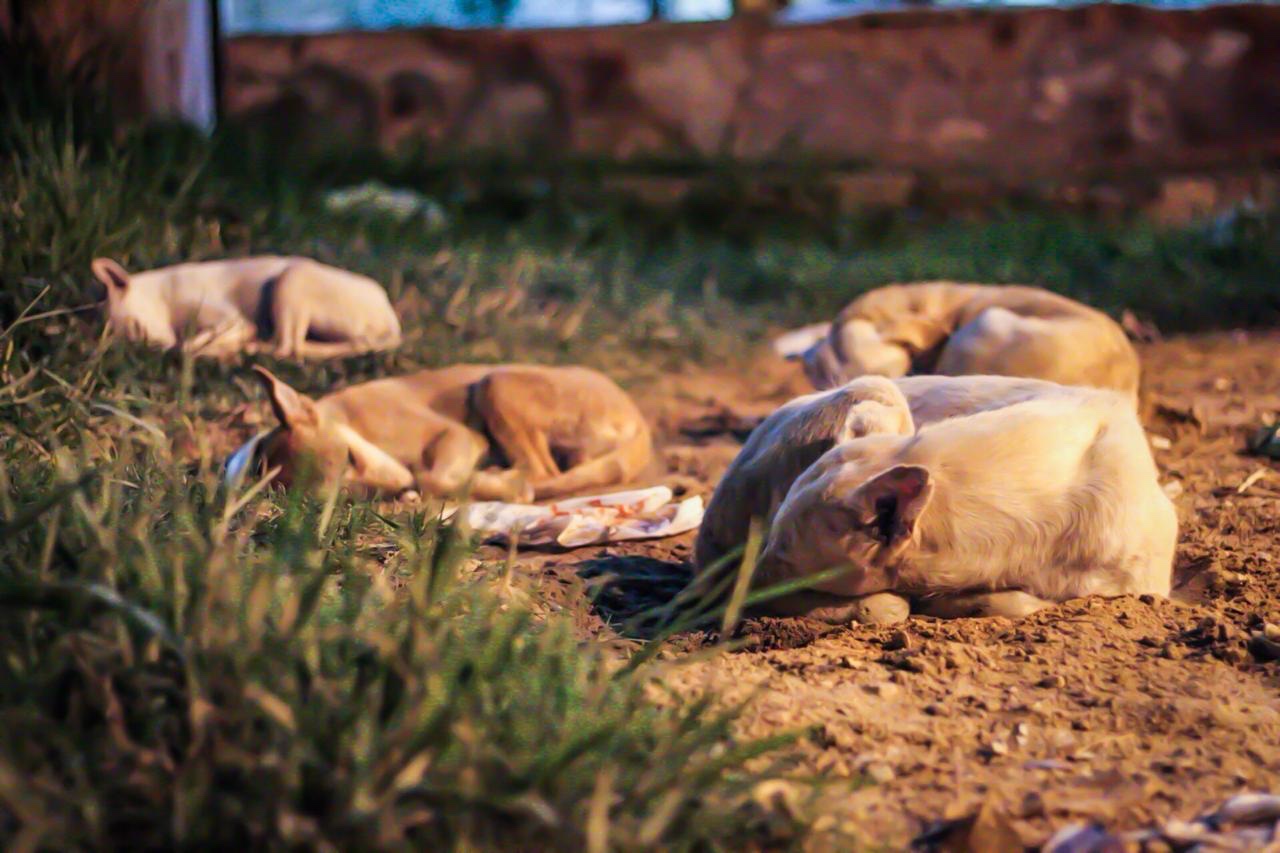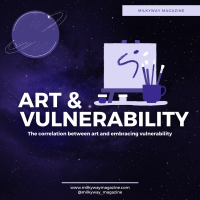
Writer: Nada el Nady
Photographer: Amr Essam
The increasing demand for animals and their products in Asia has been rapidly exceeding any other consumer demand, whether it is the desire to wear animal skins or own exotic products and pets, or the basic need for the most important agricultural commodity, meat. Just like human beings, animals are sentient beings that can feel pain, happiness, and even stress, and the live transport of animals was nothing but a demonstrative display of the extent of human brutality and savagery towards animals.
Long distance transport has been factually and statistically proven to be a vicious way of treating animals due to all the forms of sufferings that animals endure in the process. Animals are injured or even trampled to death as a result of over-crowding. They also suffer exhaustion, dehydration, pain, and stress as a result of suffering for days without water and with insufficient amounts of food. As a result, many animals die in the process. Over 5,000 sheep died out of 58,000 during a shipment from Australia to Saudi Arabia that was not allowed to unload in 2003. In December 2009, more than 17,000 cattle and 10,500 sheep drowned when the Danny F II ship sank near Tripoli on its trip from Uruguay to Syria due to a storm, with the captain and the crew reported as lost
Moreover, livestock transport is also a site for infectious disease-spreading such as foot and mouth diseases, avian influenza, and bluetongue virus due to the massive amounts of beings present in one place before the cattle even reach the slaughterhouses, and the very few medical checks taking place. Even worse, the slaughtering methods that animals face after they arrive are the pure definition of cruelty and malice. The Animal International website has stated that “Our investigators have witnessed disoriented, terrified animals having their eyes stabbed and tendons slashed prior to slaughter.”
Compassion in World Farming states that “No animal should travel more than 8 hours to its final destination.”As a result, a trade in meat should replace the live export of animals to prevent the death of animals during the death journeys. With larger numbers of animals being exported every single time and larger numbers being exposed to the various methods of sufferance brought about along with the live export of animals, we are all encouraged to take action to stop the brutal methods of cruelty that animals endure.






